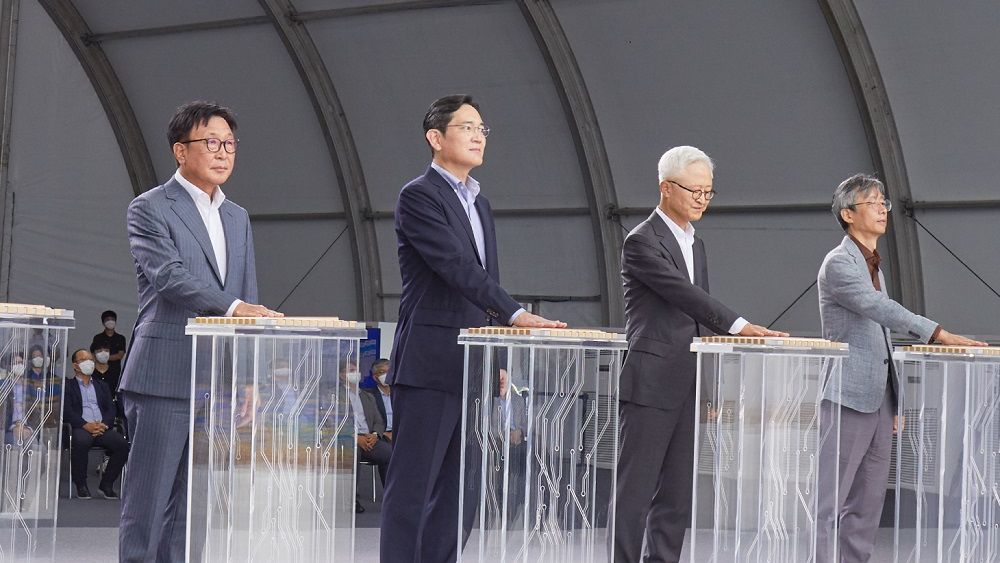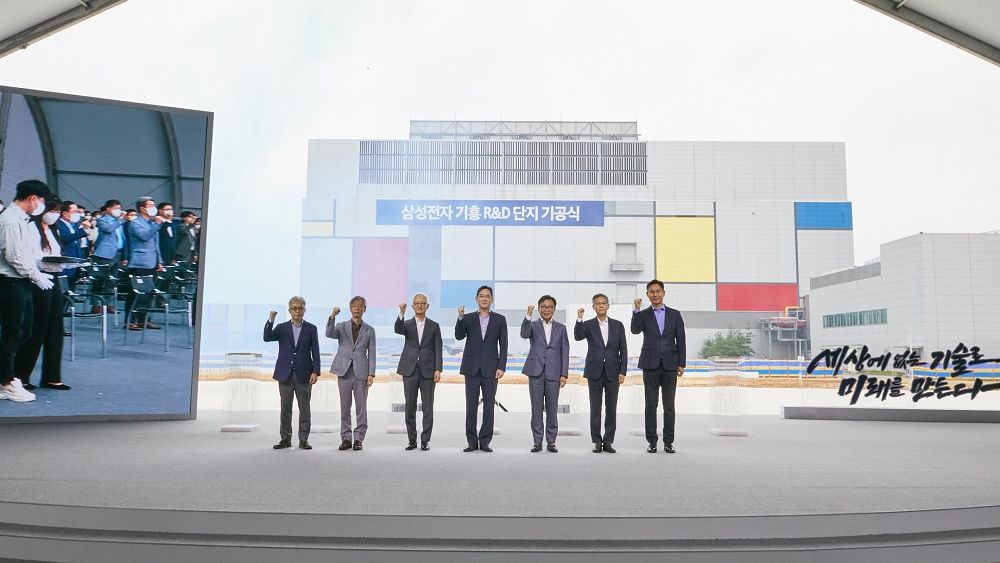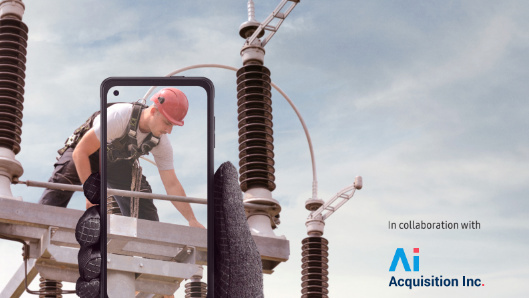Samsung reveals plans for $15bn chip research center to break semiconductor scaling barriers
The news follows the company's proposal in July to build 11 Texas semiconductor plants worth $191 billion

Samsung announced on Friday that it will spend roughly $15 billion on building a new chip research complex in South Korea by 2028, as the tech giant seeks to ease restraints on semiconductor scaling.
Casting light on the complex’s deliverables, Samsung said the new chip facility will be built at the company's Giheung campus to foster research into new technologies, including novel wafer fabrication processes for memory and system semiconductors.
RELATED RESOURCE

Upon completion, the South Korean facility, which will stretch over 109,000 square meters at Giheung, will further strengthen the tech giant’s foothold in the semiconductor industry.
The Giheung campus also hosted Samsung's 1992 development of the world's first 64MB DRAM, which led the company to scoop the top spot among chip manufacturers the following year.
"We are taking on a new challenge from the very location where we broke ground 40 years ago to build our first semiconductor plant," said Jay Y Lee, Samsung vice chairman.

"If we hadn't made bold R&D investments for next-generation products and in products that came after that, there would be no semiconductor business for Samsung today. We need to continue our tradition of investing preemptively and emphasizing technology," added Lee.
As the global chip shortage continues to stress the big tech, Samsung is continuing to benefit from inflation resulting from the deficit. Increasing semiconductor prices helped Samsung achieve its highest quarterly profit since 2018, according to an earnings guidance published by the company late last year.
Get the ITPro daily newsletter
Sign up today and you will receive a free copy of our Future Focus 2025 report - the leading guidance on AI, cybersecurity and other IT challenges as per 700+ senior executives
Additionally, Samsung announced in July that it would build 11 new chip manufacturing facilities in Texas’ Austin and Taylor, with an investment of $191.2 billion.
-
 Should AI PCs be part of your next hardware refresh?
Should AI PCs be part of your next hardware refresh?AI PCs are fast becoming a business staple and a surefire way to future-proof your business
By Bobby Hellard Published
-
 Westcon-Comstor and Vectra AI launch brace of new channel initiatives
Westcon-Comstor and Vectra AI launch brace of new channel initiativesNews Westcon-Comstor and Vectra AI have announced the launch of two new channel growth initiatives focused on the managed security service provider (MSSP) space and AWS Marketplace.
By Daniel Todd Published
-
 Samsung Galaxy Book 5 Pro 360 review: Almost the perfect big-screen laptop
Samsung Galaxy Book 5 Pro 360 review: Almost the perfect big-screen laptopReviews The Book 5 Pro 360 is a laptop you slowly get accustomed to, rather than one that feels right from the word go.
By Stuart Andrews Published
-
 Samsung Galaxy Tab S10+ review: Possibly the best Android tablet for business
Samsung Galaxy Tab S10+ review: Possibly the best Android tablet for businessReviews With good performance, AI features and an exceptional screen, the Tab S10+ is the best Android tablet out there, if not quite the best tablet overall
By Stuart Andrews Published
-
 Samsung Galaxy Tab S10 Ultra review: Samsung's big-screen tablet is an AI-powered multitasking monster
Samsung Galaxy Tab S10 Ultra review: Samsung's big-screen tablet is an AI-powered multitasking monsterReviews The sheer size won't be for everyone, but the Tab S10 Ultra has the screen, performance, and multitasking prowess for serious work
By Stuart Andrews Published
-
 Rugged goes mainstream
Rugged goes mainstreamwhitepaper Why every business needs rugged devices to get the job done
By ITPro Published
-
 Why tougher doesn’t need to mean harder
Why tougher doesn’t need to mean harderwhitepaper Bridging the rugged and consumer device divide
By ITPro Last updated
-
 Samsung Galaxy Z Flip 4 hands-on review: A welcome (if minor) update
Samsung Galaxy Z Flip 4 hands-on review: A welcome (if minor) updateFirst look Samsung’s latest foldable is appealing, but does little to stand out from its predecessor
By Adam Shepherd Published
-

 Samsung Odyssey Neo G8 review: A groundbreaking display for work and play
Samsung Odyssey Neo G8 review: A groundbreaking display for work and playReviews The world’s first 4K/240Hz screen delivers sensational contrast and great colours, albeit for a high price
By Mike Jennings Published
-

 Samsung Galaxy S22 Ultra review: A noteworthy flagship
Samsung Galaxy S22 Ultra review: A noteworthy flagshipReviews The latest Ultra version of the Galaxy S-series is heavily stocked but slightly dull
By Bobby Hellard Published